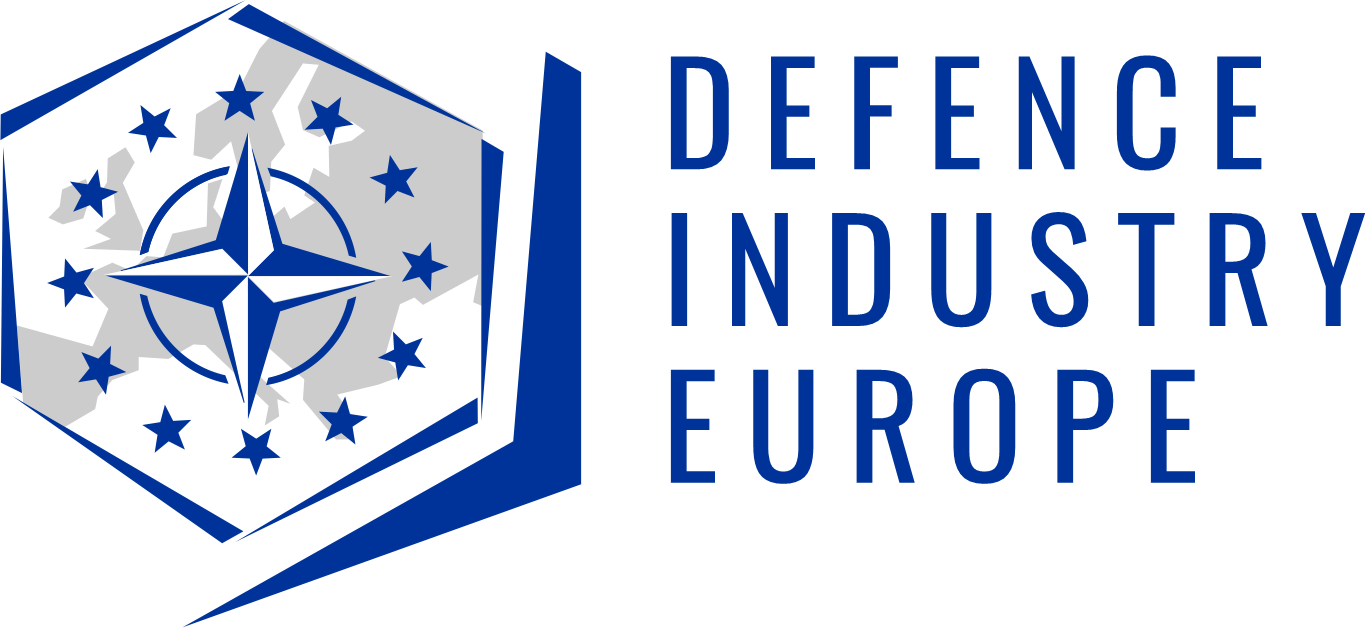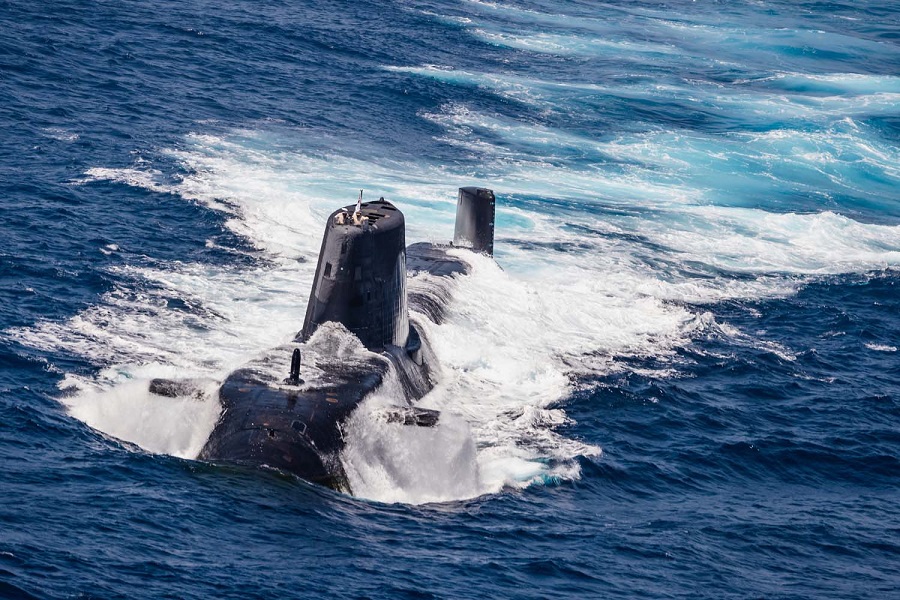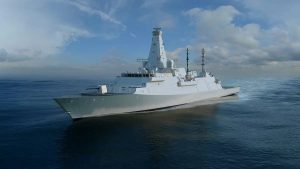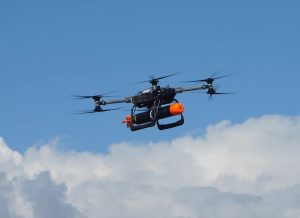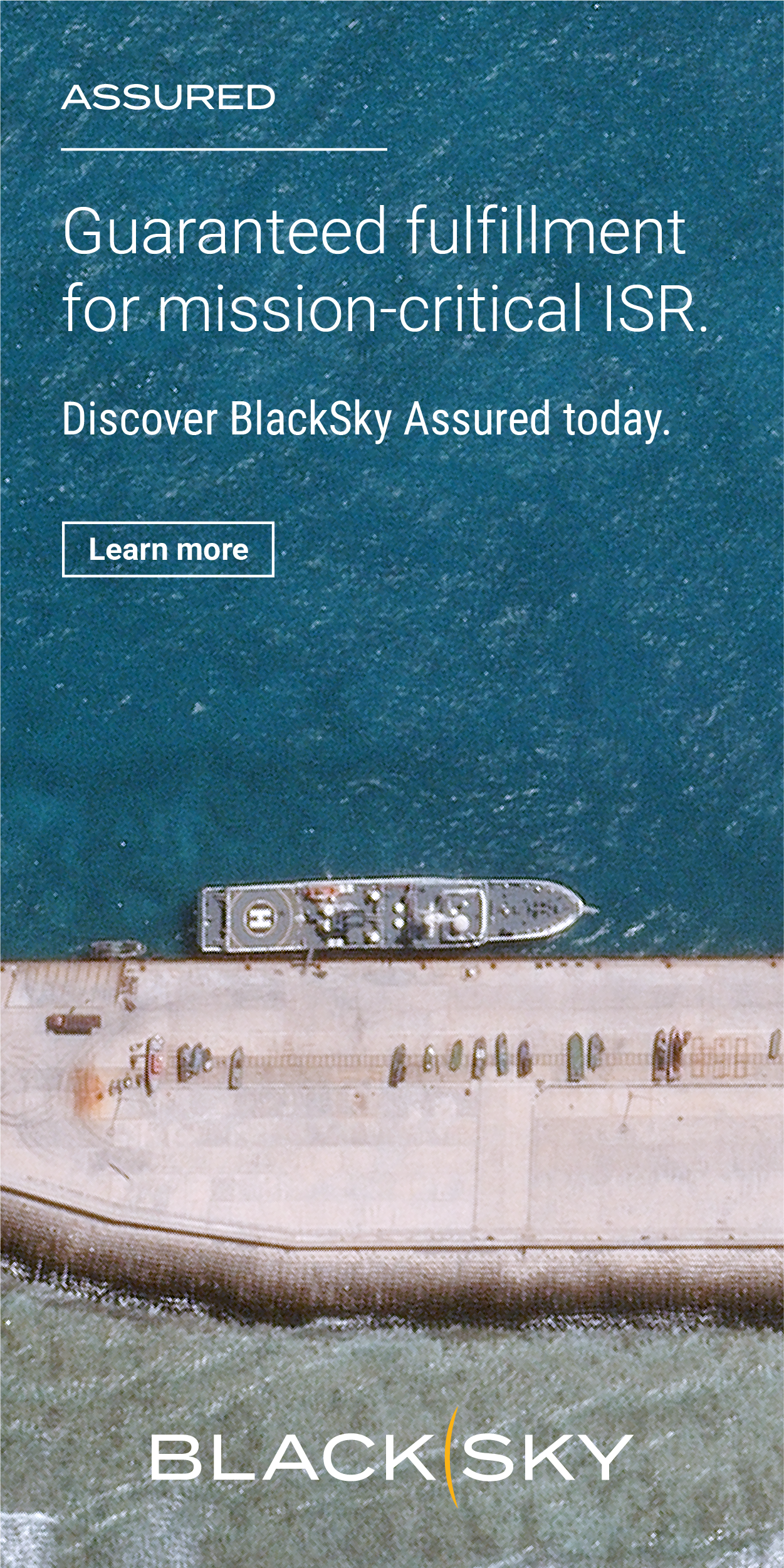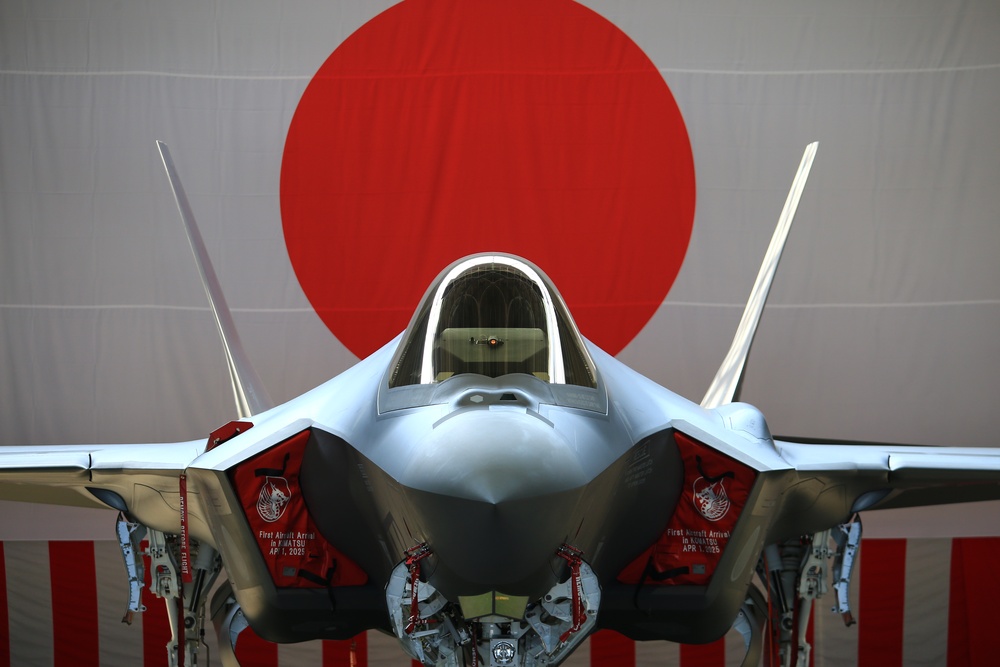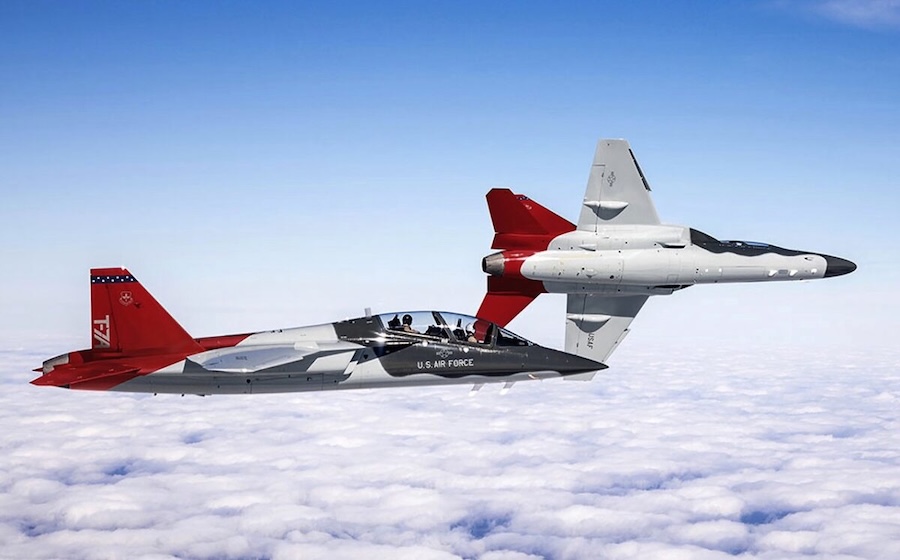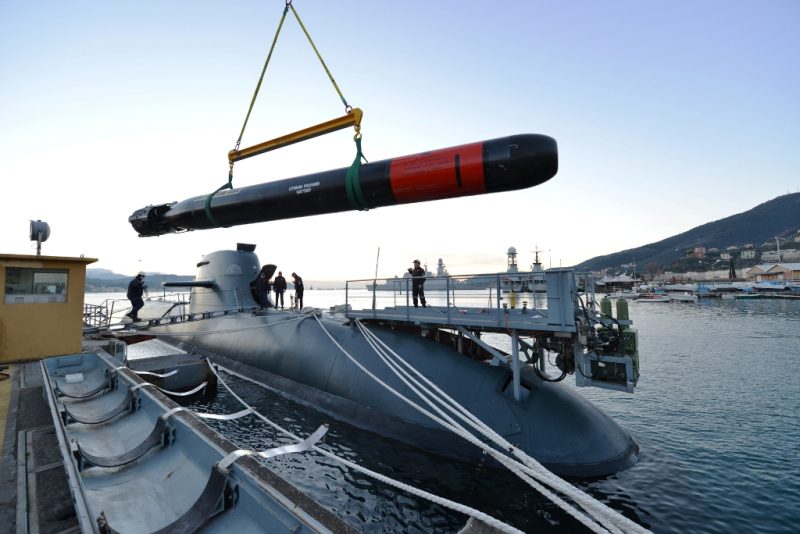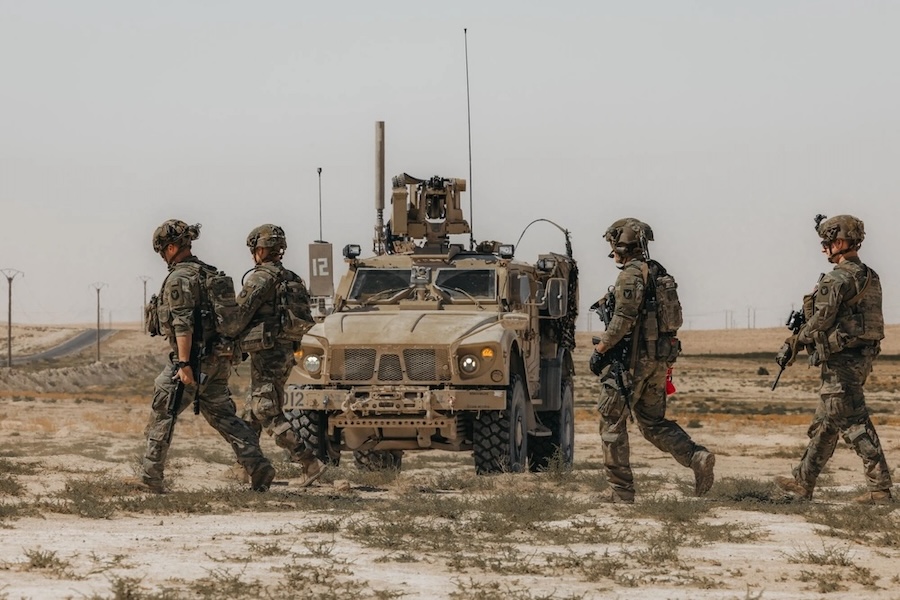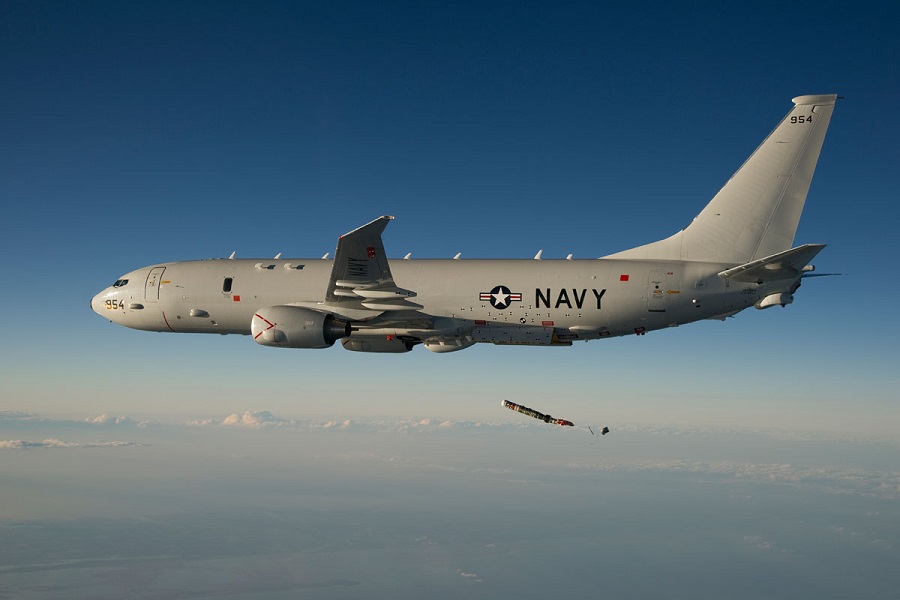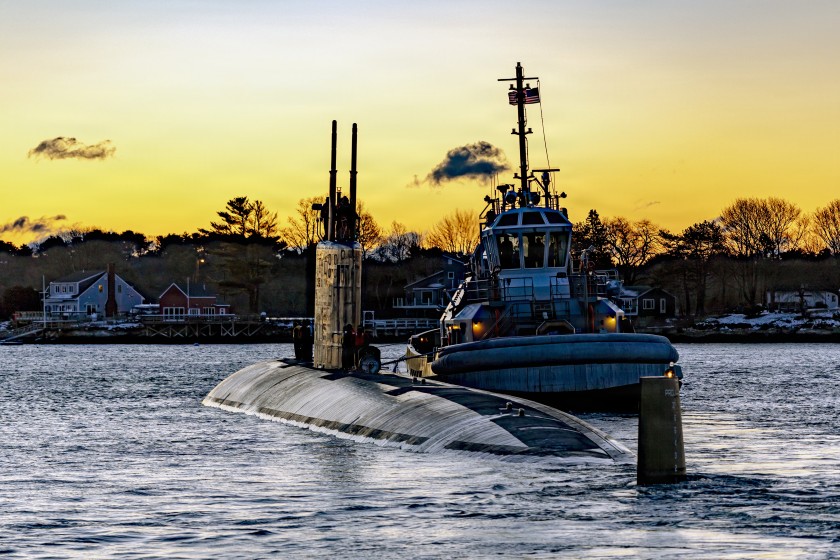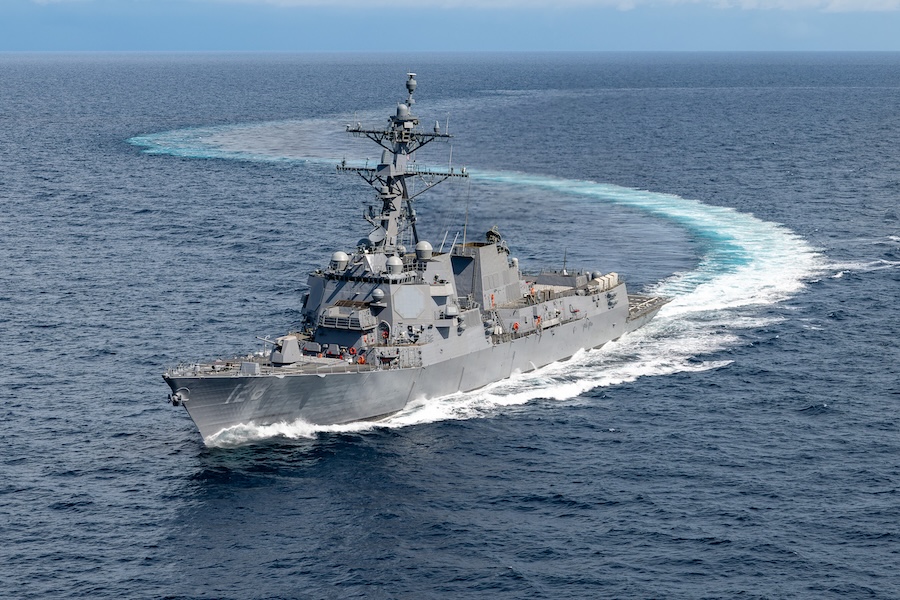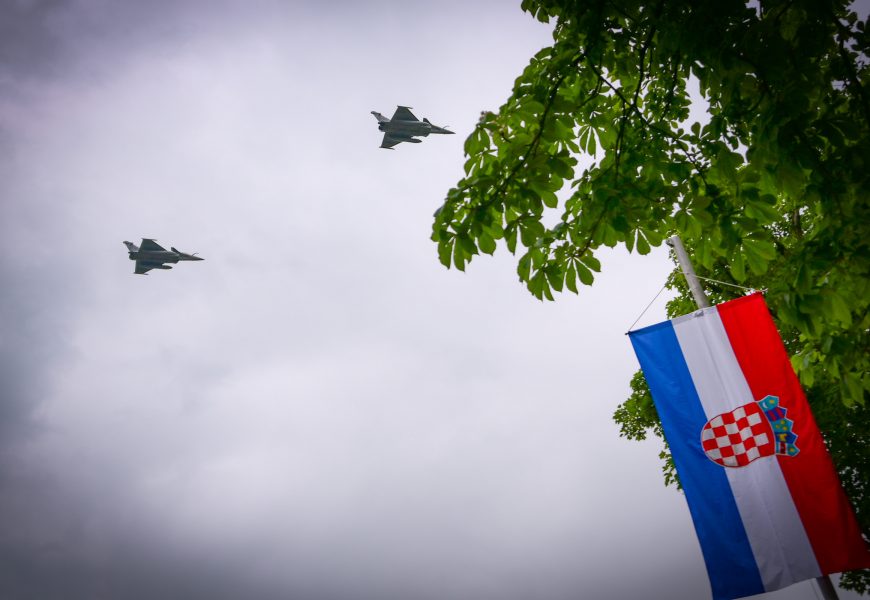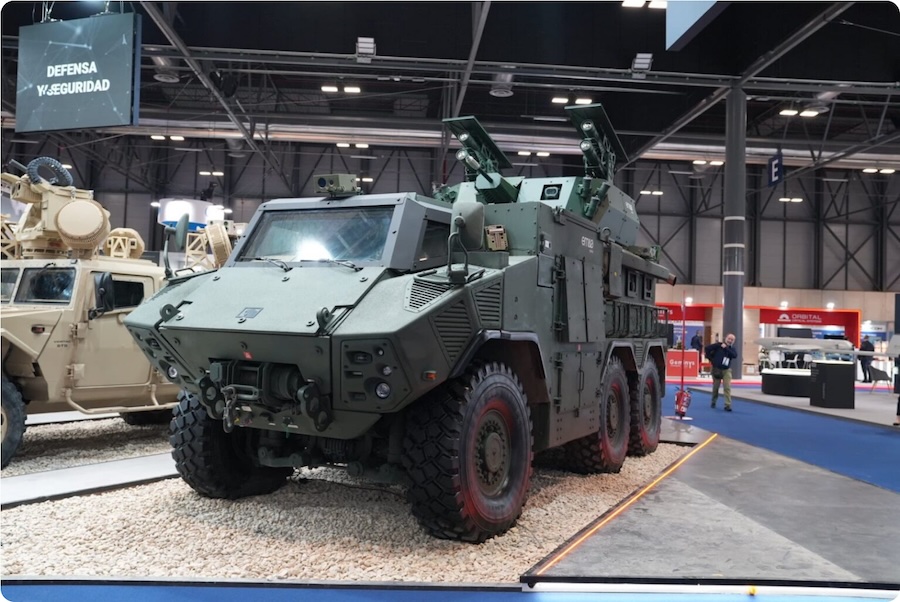These torpedo tube-launched vehicles are designed to support a range of missions including underwater reconnaissance, communications, and seabed warfare. The trial forms part of Project Scylla, a key initiative under AUKUS Pillar 2 focused on developing advanced defence technologies for both Indo-Pacific and Euro-Atlantic security.
“This trial is a demonstration of the pace at which new capabilities can be developed when working closely with international partners,” a Royal Navy spokesperson stated. The exercise highlighted the strategic benefits of international cooperation in accelerating innovation in naval warfare.
Commodore Marcus Rose, Deputy Director Underwater Battlespace Capabilities, said: “Delivery of these trials demonstrates our commitment to the use of advanced capabilities as part of a future hybrid Fleet and are a big step forward in delivering new capability to the Submarine Service.” His comments underline the Royal Navy’s vision for a technologically advanced fleet incorporating autonomous systems.
The trial was delivered by the Submarine Delivery Agency’s Autonomy Unit in collaboration with defence contractor L3Harris.



